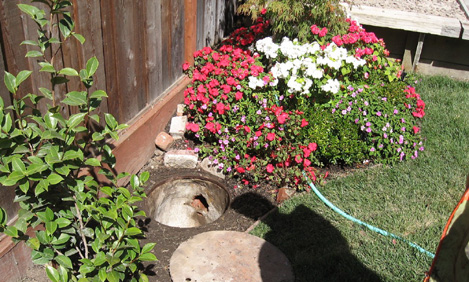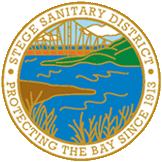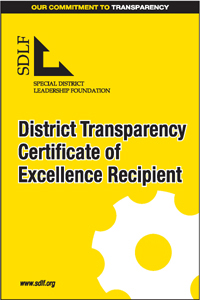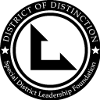Sewer Easement

Ordinance 1793: Ordinance Establishing Policies, Standards and Requirements for District Easements and Regulating Easement Encroachments.
| Allowed | Prohibited |
|---|---|
| Lawns | Permanent structures |
| Flowerbeds | Trees |
| Loose paving stones | Debris storage |
As per District Ordinance No. 1793-0602,
6.2 Class Two and Class Three Encroachments are not authorized and shall not be maintained or permitted on District easements.
1.3 Class Two Encroachments are defined as: Encroachments which will cause significant interference with District easements but which, due to being readily removable or by virtue of District mandated safeguards and/or mitigation measures, the interference can be ameliorated to an acceptable level. Examples may include fences, gates, driveways, paving, portable or readily removable structures, larger vegetation whose roots do not have a propensity to invade wastewater facilities, and cuts and fills.
Class Three Encroachments are defined as: Encroachments which will cause significant interference with District easements. Examples may include permanent structures such as buildings, swimming pools, permanent decks, retaining walls and reinforced concrete or masonry; temporary structures which are not readily removable from the easement; also trees, heavy brush, and vegetation that prevents District access to its facilities in the easement...
The Stege Sanitary District maintains 150 miles of sanitary sewers in Kensington, El Cerrito, and the Richmond Annex. Over 28% of these lines are located on private property in sewer easements or reserves that were established when the lands in the area were subdivided.
You may not know that you have a sewer line on your property. In the past, developers often failed to properly record the easement to the property title. These easements, therefore, do not show up in a title search.
Property owners who are unaware of sewer easements on their property may have constructed permanent structures that now restrict District access and use of the sewer for maintenance and repair.
In an effort to correct this situation, the District has adopted Ordinance 1793. This regulation establishes policies, standards, and requirements for District easements and for easement encroachment. It establishes guidelines for permitted uses of the easement areas and provides for encroachment permits. Certain uses of the easement, such as the construction of permanent structures, tree planting, and debris storage, are prohibited.
The new ordinance also extends assistance to homeowners who are currently in violation of the regulations by allowing them to continue a prohibited use until the earliest time that the violation can be eliminated. The District, at the request of the property owner, may issue an encroachment permit with stipulations for the ultimate elimination of the prohibited use.
Allowable uses and coverage on District easements include lawns, flower beds, loose paving stones, and similar landscaping features that do not ordinarily cause interference with District access and use of the easement area.
To find out if you have a sewer easement on your property, contact the District.


